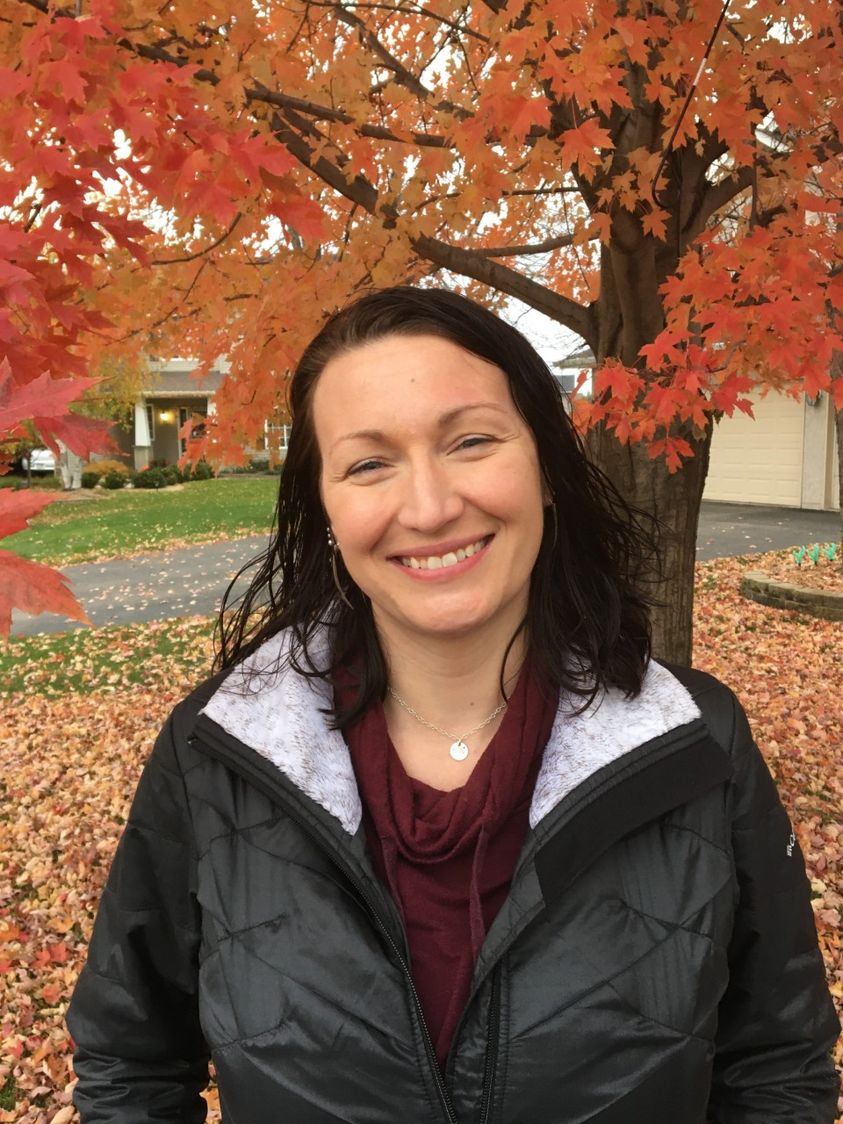November 1, 2019 - Leah Dolezal was born Deaf in both ears, but growing up she was labeled as hard-of-hearing and hearing impaired. Audiologists and teachers said Leah could talk and hear with hearing aids and was taught SEE more than ASL. It wasn’t until she went to college that she identified as being Deaf and found herself and her identity. Now, Leah is a Deaf mom raising two beautiful kids with her wonderful husband. Leah wants to make ASL available to all hearing, Deaf, and hard-of-hearing people, and increase the number of opportunities for people to learn ASL. Furthermore, she wants to dismantle society’s current assumptions about Deaf people and language access especially in the medical profession, including audiologists and speech pathologists.
Leah is a full-time ASL professor at the University of Minnesota, Twin Cities. She teaches ASL for students who need ASL as a second language for general education requirements. Her role involves helping students learn ASL so that they can meet a Deaf person in the real world and know how to interact with the Deaf person as well as understand Deaf culture and ASL as a language. For Leah, it is rewarding to see and find out that her students have met other Deaf people outside of the classroom because real-world connections are essential in learning about different people.
She particularly enjoys being able to share her language with other students. When she sees her students using ASL, it makes her feel more connected and on the same level as her students. Leah grew up in mainstream school and felt lonely, and she had to adjust to hearing people’s needs instead of having hearing people accommodate her. Some parents of the high school students she taught didn’t understand that Deaf culture was a legit culture that existed. So she often had to explain it repeatedly and validate herself and educate parents about Deaf culture. Because of these experiences, she wants to provide opportunities for other people to learn her language so she won’t always have to adjust her needs and accommodations for hearing people. She wants to connect people from different communities and cultures so that together people can learn to keep an open mind and know that there are other minority groups that don’t fit within the standard norms and certainly aren’t the majority. This way minority groups and cultures can support one another and learn more about other cultures and communities.
Some barriers Leah encountered was when she taught at a high school where the students would swear and bully each other in class. This was problematic because she didn’t always hear it or catch it when it happened. There was a paraprofessional that spent time in her class and another Deaf teacher’s class to help with the students, but the paraprofessional wasn’t there all the time, so she didn’t know when it was happening or what they were saying. Another challenge she faced was when she had an internship in Duluth, Minnesota. There was a fire alarm while she was on the third floor of a building, but the fire alarm was only making sounds, there was no visual flashing strobe light to alert her. She saw a lot of people outside and then the firemen came up and told her to get out. She apologized and informed them that she is Deaf and didn’t know what was going on. The same thing happened during lockdown drills at the high school she taught at.
At the University of Minnesota, the ASL department is separate from the Disability Resource Center and Interpreting Captioning Unit. Leah says it would be nice if the three departments were more interconnected because then some staff from each department would share a common understanding of ASL and Deaf culture.
Leah’s advice to others is, “You have to be confident and be proactive. If possible, try to sit down with the interpreter ahead of time and let them know what you need them to do, so they can best serve you.” In regards to interviews for employment or education, Leah says “If you meet with an employee or potential graduate school representative, make sure you write a thank you letter and use professional etiquette at all times.”
The #CanDoAnything campaign showcases people who are deaf, deafblind, or hard of hearing at work, giving them an opportunity to share what they do at their jobs and explain how communication access works for them. This campaign shows what our community can do, which is anything!
